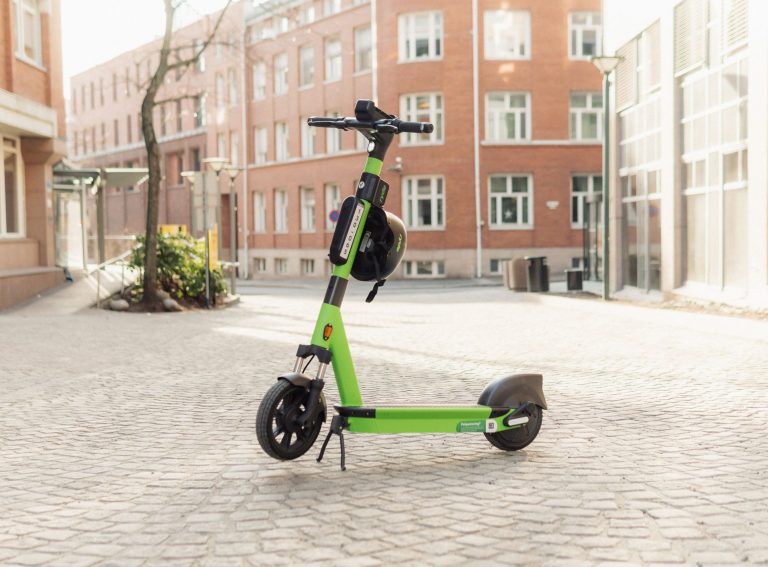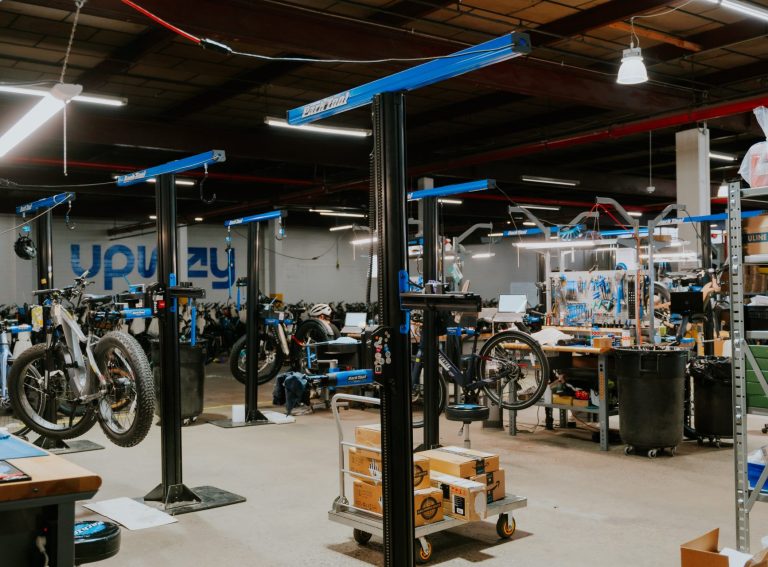Mobility data platform Vianova has grown to work with 80 cities in less than five years.
Digging deep into analytics is Nikolina Kotur – Vianova’s Head of Markets for the UK and Nordics – who’s made it her mission to make shared mobility sustainable and safe.
Zag: What do you think is an overarching challenge for women in the industry?
Nikolina: “Getting a foot through the door. A challenge for women in the mobility industry lies in overcoming systemic barriers to entry and advancement. Sometimes people don’t believe our passion for new mobility and don’t take our applications seriously, and they’re used to just hiring men for the roles. Historically, this sector has been predominantly male-dominated, resulting in limited representation of women at various levels of leadership and decision-making. Because of that, women may encounter obstacles in accessing opportunities for career progression, securing leadership roles, and gaining recognition for their contributions.”
Zag: What practical measures do you want to see organisations take to improve the industry for women?
Nikolina: “I stand against implementing hiring quotas to artificially boost the representation of women in the transport industry, and I staunchly believe in meritocracy where the most skilled individuals are rightfully awarded the job. For women to get these skills, more programmes are needed to support them from earlier stages. Apprenticeships and internships should be designed to attract individuals of all genders. Through the implementation of tailored programmes such as mentorship initiatives, skill-enhancement workshops, and the cultivation of inclusive work environments, we can empower women to thrive in the transportation sector solely based on their talent and capabilities.
“Companies need to create an environment that is suited for both men and women because they each make half of the population. It makes no sense to only include 50% of insights in the workplace when your customers make up both men and women. It’s an outdated idea that there are specific genders that fit better for certain jobs.”
Zag: Is there an even gender split across users of micromobility?
Nikolina: “It’s evident that micromobility faces a gender disparity. Research consistently reveals that approximately 70% of shared e-scooter and e-bike riders are male, indicating a disproportionate access to the benefits of sustainable transportation for men.
“I believe there is a significant safety concern that may deter women from feeling as secure while riding scooters compared to men, particularly concerning the traffic environment. Our industry must collaborate and prioritise safety initiatives within traffic overall. By doing so, we can cultivate an environment where women feel safer and more inclined to opt for sustainable transportation choices.”
Zag: What personal challenges have you faced as a woman in the industry?
Nikolina: “Navigating the landscape of a new industry often comes with its share of challenges, especially when battling misconceptions deeply entrenched in societal norms. As a woman forging a path in mobility, I’ve encountered and confronted numerous misconceptions head-on. One of the most persistent falsehoods is that certain industries are inherently male-dominated, leading to scepticism regarding women’s capabilities and contributions.”
Zag: How are you overcoming this misconception?
Nikolina: “To educate and inform both colleagues and stakeholders about the value of diversity and inclusivity. By showcasing my expertise, dedication, and resilience, I’ve shattered stereotypes and set a new precedent, proving that gender is not a barrier to success in the dynamic world of mobility.”
Zag: What are you currently working on at Vianova?
Nikolina: “At Vianova, we always have so many exciting projects going on but the ones that excite me the most are when I get to collaborate with local transport authorities, city planners, and micromobility operators to adopt a holistic approach to transportation planning. When looking at insights from this collaborative approach, we get such a granular view that leads to a huge impact on the project outcome whether it be carbon emissions reduction, mobility hub planning or overall road safety. It’s an incredibly exciting journey to be part of, witnessing firsthand the transformative impact of our collective efforts on shaping the future of cities.”
Zag: You’re mainly focused on the UK and Nordics. What have been some safety hurdles you’ve seen across these countries?
Nikolina: “In the UK, the status of e-scooters remains in a trial phase, creating a state of uncertainty. This uncertainty poses challenges for operators who struggle to engage in long-term city planning due to the necessity for comprehensive safety measures. However, without clarity on the permanence of these schemes, investing substantial resources becomes impractical. Moving beyond this trial phase is crucial to facilitate the allocation of tangible resources towards the development and implementation of effective legislation and safety measures.
“In the Nordics, we’ve made significant strides in overcoming challenges within the transportation landscape. Now, our focus has shifted towards exploring exciting opportunities, such as integrating various modes of transport through multimodal flow.
“This approach looks into urban planning by considering how local transport and micromobility can collaborate to address first and last-mile connectivity. However, the UK lags due to legal constraints, preventing us from capitalising on these innovative strategies. Achieving this requires a substantial investment of both financial and temporal resources, yet commitment to long-term sustainability is crucial to incentivize such investments.”
Zag: What would you like to see for the year ahead?
Nikolina: “I envision cities, operators, and public transport collaborating seamlessly as a unified entity, rather than operating in isolated silos. This integration can only be achieved by harnessing the wealth of information available to us.
“We must acknowledge the necessity of all transportation modes and strive to work together harmoniously, recognizing that collaboration is not just preferable but essential. This is sustainability for our planet. We cannot all drive a car. We need to look at what the data is telling us and work together to make improvements.”
Zag: Who is one woman in the industry you would like to spotlight?
Nikolina: “Irene McAleese, Co-founder and Chief Strategy Officer at See.Sense, epitomises dedication to sustainability, inclusivity, and diversity in urban mobility. With over a decade of transformative experience in transport, See.Sense is pioneering efforts in leveraging sensor and AI technologies for safer, smarter cities.”





